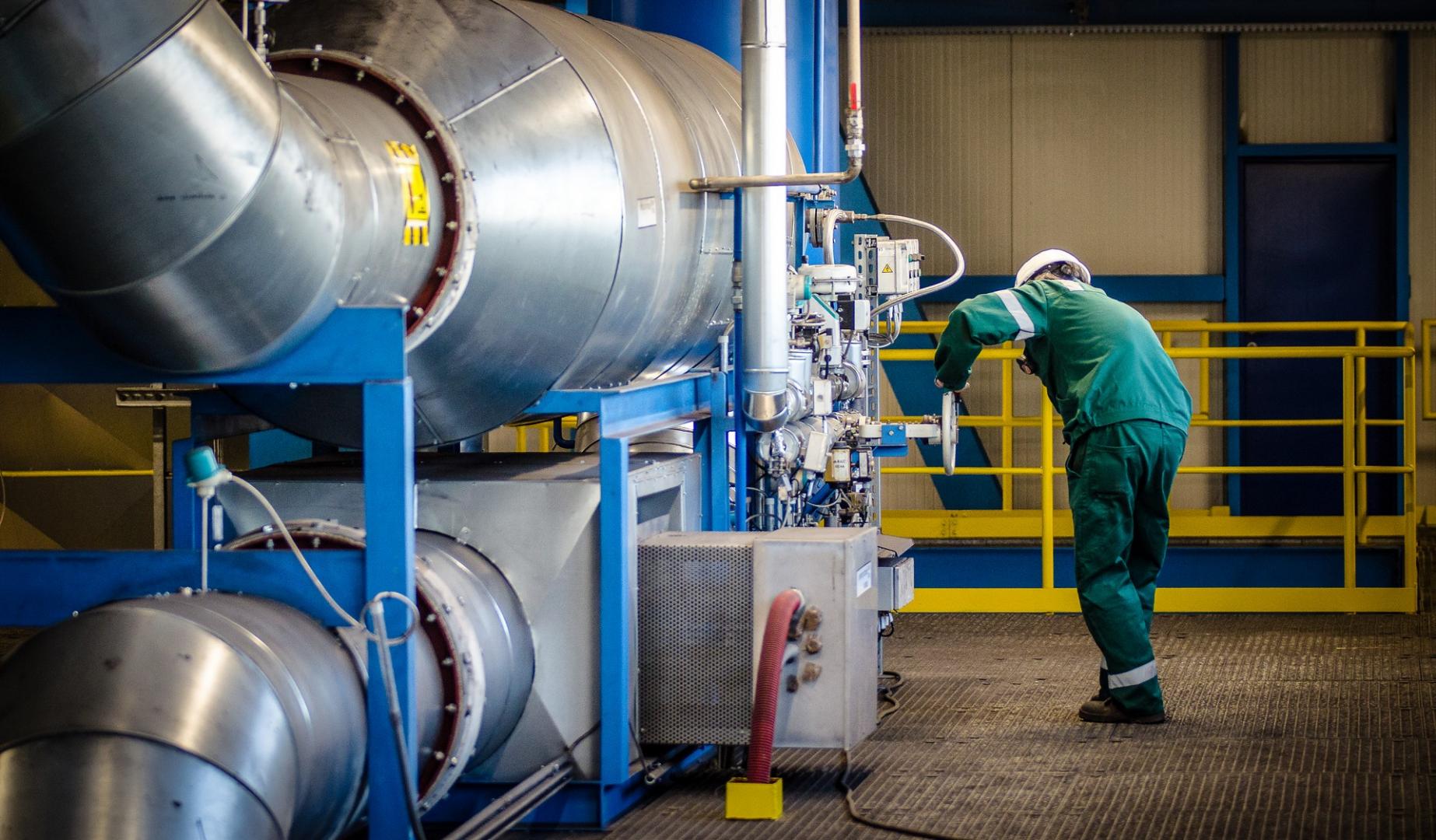Denitrification of Combustion Equipment
DeNOx – denitrification of combustion equipment. Complex and innovative designs to reduce nitrogen oxides in flue gases of the combustion equipment.

Offered services
- complex and innovative designs to reduce nitrogen oxides in flue gases of the combustion equipment
- integration of primary and secondary technologies developed and designed for specific opportunities, respecting investment and operating costs
- optimization of processes and improvement in effectiveness to guarantee as low risk to the environment as possible
- advisory and services addressing both the current as well as future legislative requirements
Denitrification – primary methods
- Primary methods integrated into the combustion system
Denitrification – secondary methods
- SCR – selective catalytic reduction
- SNCR – selective non-catalytic reduction
The primary method reduces NOx emissions during the combustion process. The combustion takes place with the controlled air/flue gas balance in the individual height levels of the burner furnace. To reduce NOx emissions, sub-stoichiometric air ratios in the pulverized coal burners and controlled admission of air are applied by the installation of additional air and/or coal nozzles along the height of the furnace; besides, these nozzles participate in gradual NOx reduction and, finally, also CO reduction.
The individual elements of the boiler combustion system are designed accordingly – low-emission burners, tertiary and OFA nozzles, side air nozzles, or as the case may be, independent coal nozzles (so-called “reburning“).
In our long company history, we have successfully installed primary methods at various types of boilers, both new and refurbished. These boilers fired both lignite and bituminous coal, also co-burnt gaseous fuels or biomass.
Primary method installation
- complete design of the primary method taking into account milling circuits and the concept of the entire boiler to meet boiler parameters
- technical design and deliveries of low-emission burners, either straight-flow or swirl
- technical design and delivery of pulverized coal ducts
- technical design and deliveries of tertiary, OFA or side air nozzles
- technical design and delivery of separate nozzles of pulverized coal mixtures (“reburning“ nozzles)
- new design or modification to the I+C system incl. delivery of measurement and controlling elements
- design and delivery of new or modification to the existing air ducts or possibly also recirculated flue gas ducts
Benefits for customer
- For its activity, the primary method application does not need any other additional media which would increase operating costs of the entire denitrification process
- The primary method can ensure maximum possible NOx reduction in the combustion process, thus reducing requirements to NOx reduction by secondary measures, thus reducing their price, and operating costs
- Optimal design of the primary method helps to maintain the existing efficiency of the boiler
- The primary method is delivered as the turn-key installation
The selective non-catalytic reduction (SNCR) is a widely available technology system removing nitrogen oxides from flue gases generated by various power equipment. As the part of the flue gas denitrification projects, we offer design and complete delivery of SNCR system applying the state-of-the-art technologies.
Designs and deliveries of the equipment
- deliveries of complete SNCR systems including reagent storage and preparation
- possibility of integration of nozzle lances into OFA nozzles
- deliveries of adaptable nozzle lances
- systems for temperature measurement in the combustion chamber
- hybrid SNCR system equipment in combination with catalysts to capture ammonia residuals in flue gases
- emission measurement deliveries
Offered services
- advisory and consultancy services
- feasibility study
- optimization of the existing combustion systems to apply SNCR
- design and engineering
- CFD modelling
- deliveries of complete systems, including reagent storage and preparation
- assembly and putting of equipment into operation
- servicing activities
Benefits of SNCR systems
- low investment costs
- excellent results as to the partial NOx emission reduction
- fast and easy installation
The selective catalytic reduction (SCR) is the most effective, already widely available, technology to remove NOx from flue gases generated by power generation equipment. The reliable path for meeting emission limits in harmony with the existing as well as a newly considered directive, including capturing mercury from flue gases. As part of the project of flue gas denitrification, we offer complex and innovative designs of the advanced SCR systems applying the latest technologies.
- Best Available Technology (BAT) - advanced technology, the most environmentally friendly
- High Dust systems integrated into the existing flue gas ducts
- High Dust systems integrated into the newly built SCR reactors
- Low Dust systems integrated behind fly ash separator
- Tail End systems integrated behind desulphurization technology shared by more boilers
Designs and deliveries of equipment
- modifications to the existing flue gas ducts
- construction of new SCR reactors
- modifications to the heating surfaces of the boilers to ensure thermal window for the catalyst
- regeneration and heating of flue gases for the technology Tail End
- deliveries of systems for reagent storage and preparation using ammonia water or urea
- emission measurement deliveries
Offered services
- advisory and consultancy services
- optimization
- feasibility study
- basic and detail engineering
- thermal window for the catalyst
- CFD modelling
- deliveries of complete systems, including reagent storage and preparation
- assembly and putting of equipment into operation
- servicing activities
Benefits of SCR Systems
- Burning of fuel with higher content of nitrogen and better economic and technical results with the optimum setting of the boiler combustion system
- Reliable and significant reduction in NOx emissions with keeping the limited ammonia slip
- Compliance with stricter emission limits in harmony with a newly prepared legislation
- Maintenance of high quality of ash matters with the possibility of their later use in the subsequent industrial sectors
- Optimal and independent setting of the combustion system with the achievement of better technical and economical results
- Highly competitive costs from the point of long-term economic evaluation of the operation

